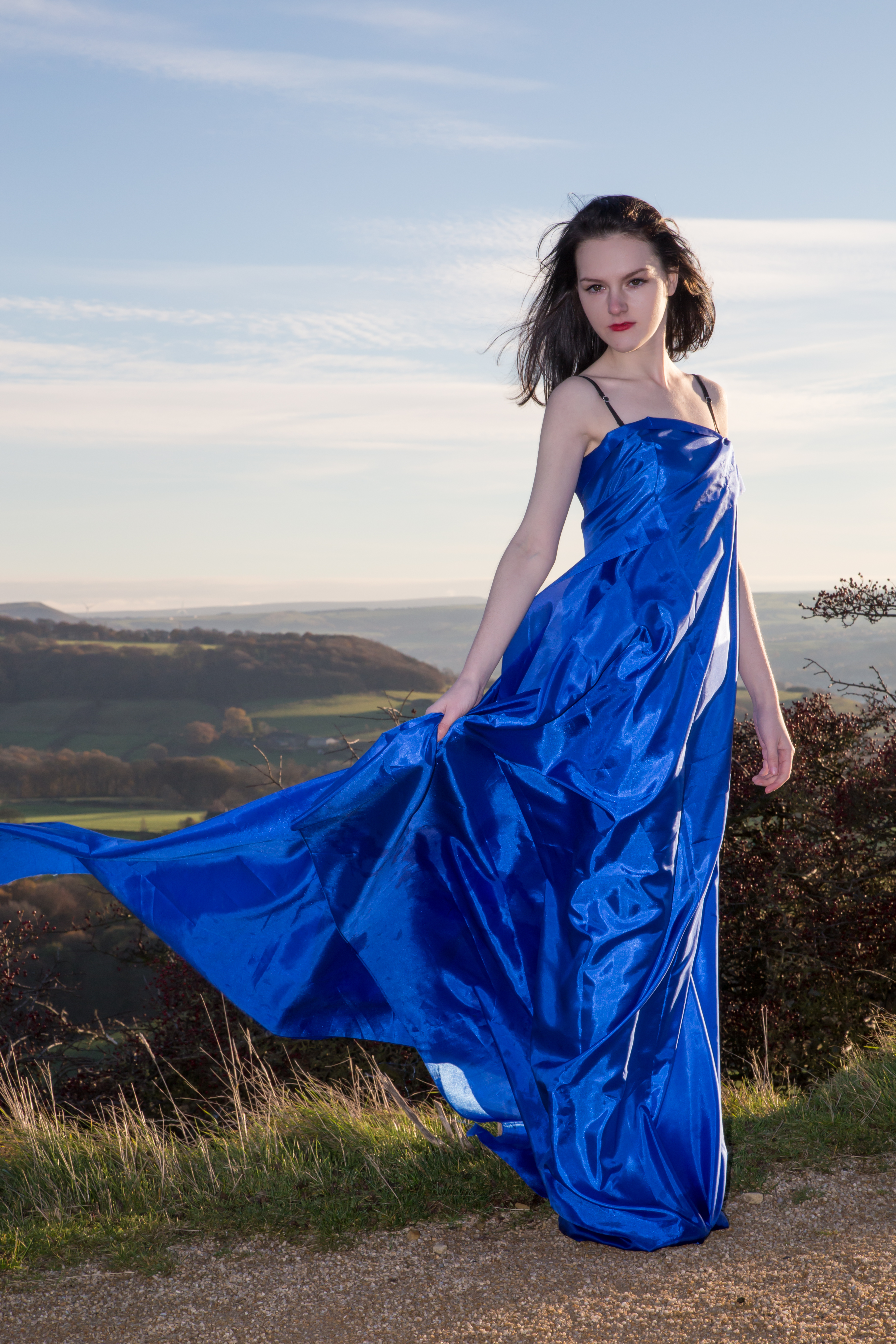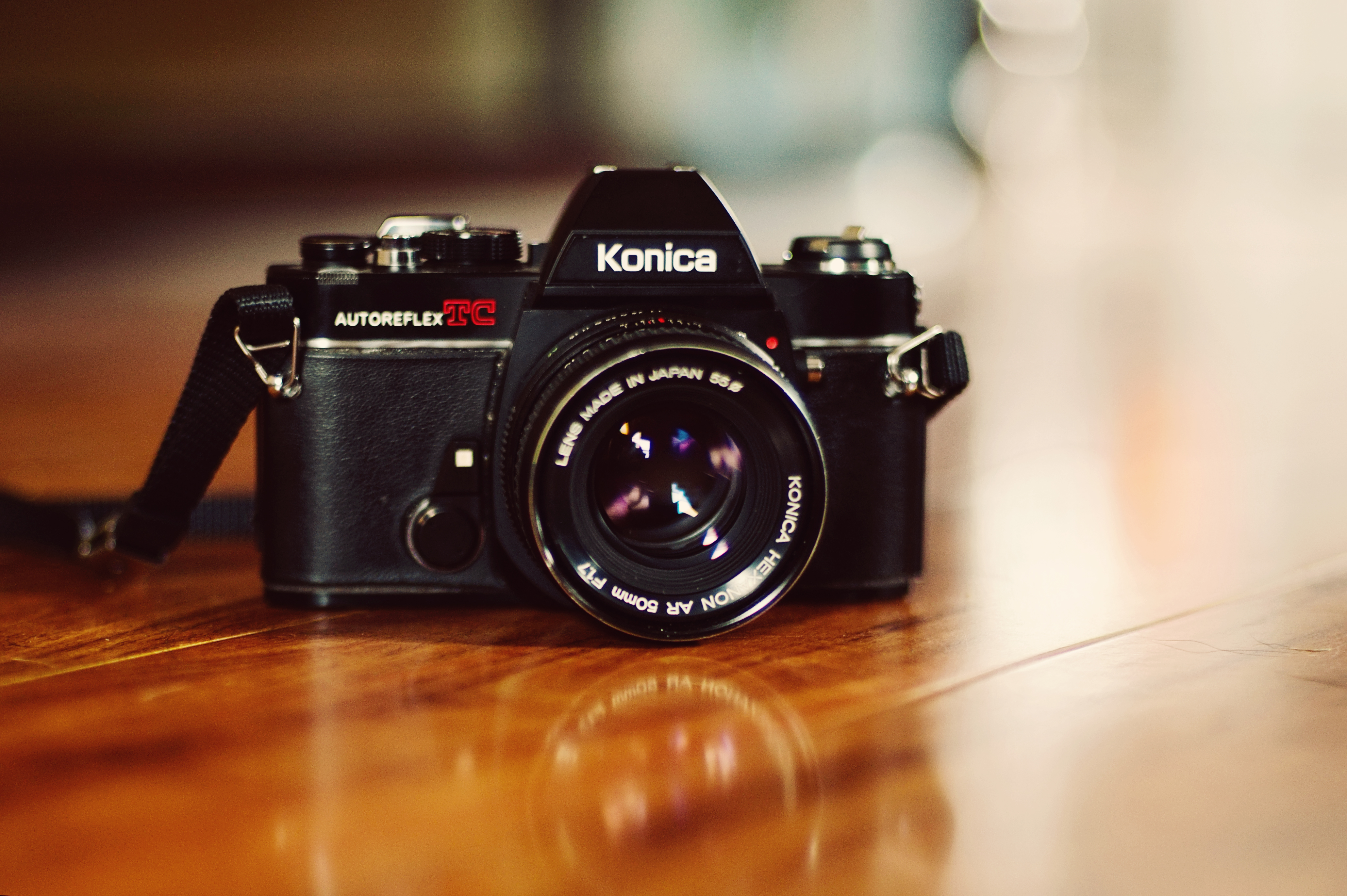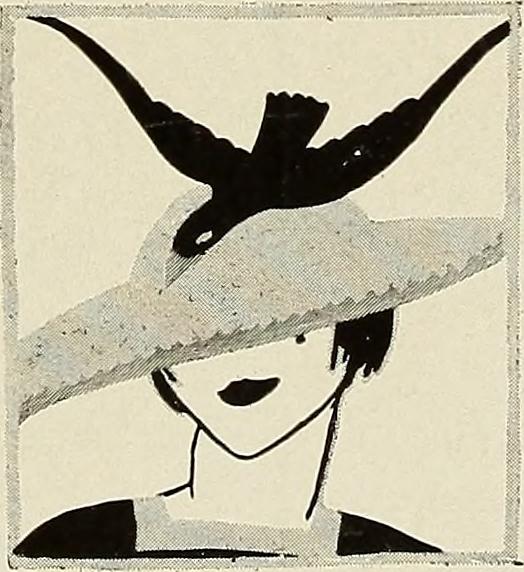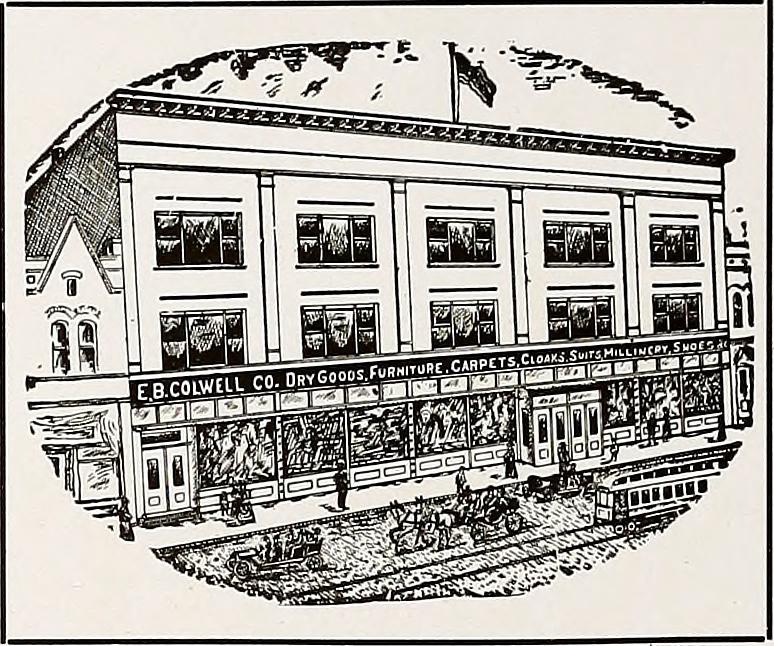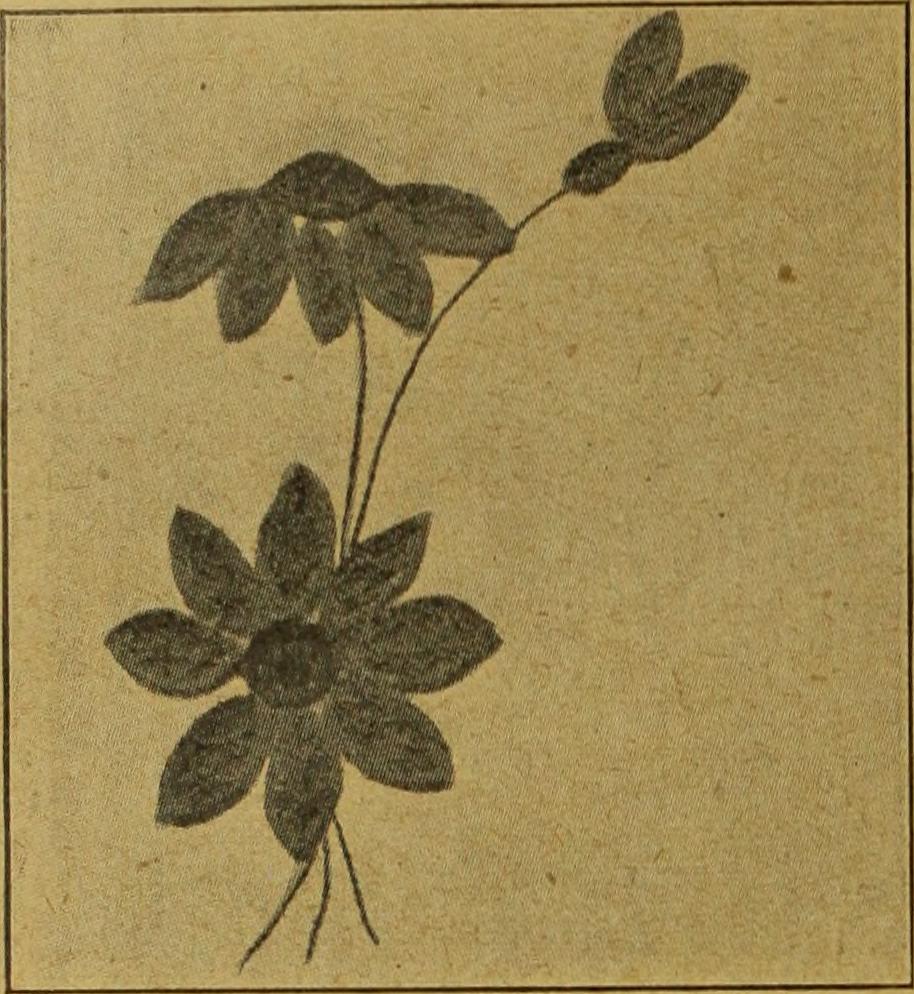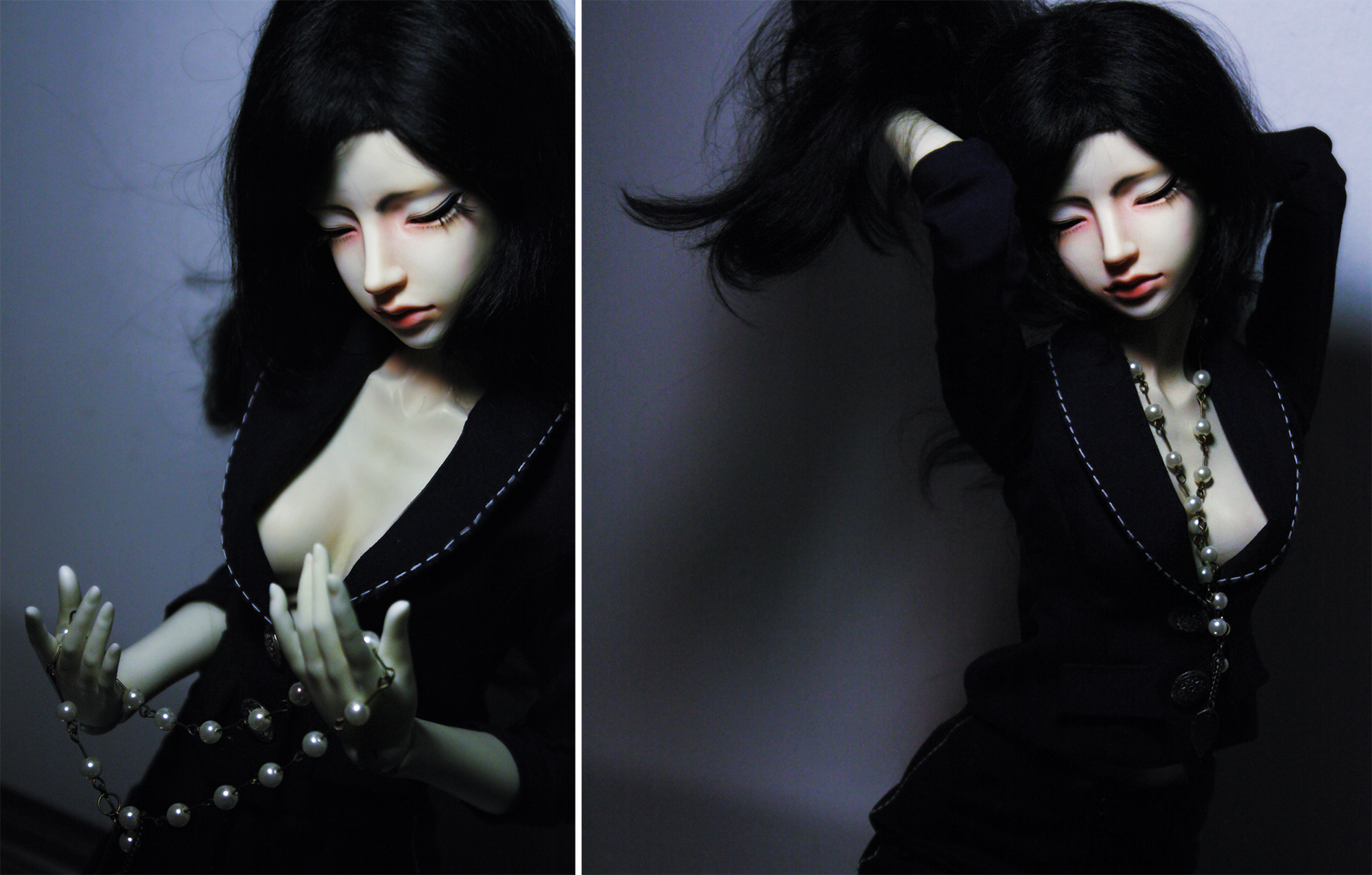Greatest hot chicks i’ve ever seen before bikini girl fail
We look back at the poster company that became a phenomenon
pic posted by brizzle born and bred ^(http://prettyhotchicks.com/goto/http://www.flickr.com/photos/20654194@N07/15216805665)
Description: Tennis Girl sold more than two million copies
Tennis Girl was the photograph of the moment a beautiful young woman gracefully raised the flap of her pristine tennis whites, and scratched her bum. Thirty five years on, it remains one of the biggest-selling posters of all time, and news that the now 52-year-old model has been reunited with the image for an exhibition celebrating tennis-related art will surely send many men of a certain vintage scurrying down memory lane and knocking urgently on the doors of their teenage bedrooms.
The image, printed in 1976 by now-defunct poster retailers Athena, was for much of the 70s and 80s a staple feature in the digs of many a lustful young undergraduate, and has since sold more than two million copies.
Although we have never been introduced, many of us know this lady a little better than we should.
Her cheekiest of poses on a sunny tennis court way back in the 1970s remains one of the world’s best selling posters.
The shot was taken at the now defunct Birmingham University courts at Edgbaston on a hazy September afternoon in 1976. Chewed tennis balls belonging to her dog were scattered across the court.
The white summer dress and other items related to the iconic 1970s Tennis Girl poster sold for £15,500.
Fieldings Auctioneers said dozens were interested in the lot, which had a guide price of £1,000 to £2,000.
Ms Butler, who lives in Worcestershire, was not paid for her modelling.
www.flickr.com/photos/barberinstitute/5552346083/ ^(http://prettyhotchicks.com/goto/https://www.flickr.com/photos/barberinstitute/5552346083/)
The dress was on show at Wimbledon before it was auctioned.
The tennis racquet from the photo, the dress, a 1979 poster and a 1980s limited edition canvas print were auctioned on the day of the ladies’ singles final.
Fieldings Auctioneers said an anonymous buyer on the phone claimed them following interest from "registered bidders from all over the world", with the furthest away being in New Zealand.
There were eight phone lines open, a "handful of committed people" at the sale room in Stourbridge and "tens of people" interested on the internet, it said.
Director Will Farmer said although there was a guide price, the auctioneers never knew what the lot would go for.
He said: "We have nothing to compare it to because it’s unique – nothing like it has been sold before.
"You’re buying a slice of history and what price is an icon?"
Ms Knotts, a friend of Ms Butler, said she was "kind of amused" by the interest in the poster over the years.
The 55-year-old barrister, who lives in Winchcombe, Gloucestershire, said she did not know the dress was on the poster until her sister at university saw it in 1978.
Asked about the auction, Ms Knotts said: "I am astonished because when I made (the dress), I was saving money and it’s made a lot of money.
"It was cheaper to make your clothes than to buy them then, so I used to make quite a lot of clothes.
"You go to a dinner party and people will say ‘what’s your claim to fame?’
"And that’s the one I’ve always come up with."
Elliott went on to sell the image rights to Athena but retained the copyright, earning him an estimated £250,000 in royalty payments. Two million copies were sold worldwide.
Athena history
Athena’s first shop was opened by Ole Christensen in Hampstead in July 1964, and then bought into E&O PLC, by Chairman, Douglas H. Bayle. He expanded Athena to some 60 shops, making sure to keep the ethos on fine art reprints.
The company’s popular success divided opinion amongst intellectuals and art critics who were uncertain as to whether these works were too vulgar and populist to be considered art.
The chain was sold off by E&O, in 1977 and then was acquired by the Pentos Group before Athena went into administration when it failed financially in 1995. Athena’s last shop Exeter, Devon will cease trading on 21 September 2014, bringing it’s high street presence to an end, e-commerce company under the brand name of Vivarti (with the byline "powered by Athena") continues to trade.
By far the most successful Athena Poster of all time was “Man and Baby“. First hitting the stands in 1986, it appealed to girls of all ages, it captured everything that the stereotypical teenage girl in particular aspired to.
en.wikipedia.org/wiki/L’Enfant_ ^(http://prettyhotchicks.com/goto/http://en.wikipedia.org/wiki/L)(poster)#mediaviewer/File:L%27enfant.jpg
Shot in monochrome, the image displayed a great looking man, with a well built nude torso holding a smiling new born baby. The chiselled looks of the man smiled at the infant, as so did the baby. It was not only the retail chain’s biggest hit, but the record breaker in the history of poster sales in the United Kingdom.
Truth behind THAT Athena poster
www.dailymail.co.uk/news/article-430099/Truth-THAT-Athena… ^(http://prettyhotchicks.com/goto/http://www.dailymail.co.uk/news/article-430099/Truth-THAT-Athena-poster.html)
Each decade has its iconic poster. Man and Baby, which sold at auction for thousands this week, was the defining image of the 1980s, capturing the then nascent New Man and making fortunes in the process.
By the photographer Spencer Rowell’s own admission, Man and Baby, or L’Enfant, is "a bit cheesy". There’s a cute baby, but the eye is drawn to the buffed and muscular male specimen cradling said infant in his lap.
It made model Adam Perry a hit with the ladies, and a fortune for the photographer and the poster shop Athena, selling more than five million copies.
Twenty-one years after its release, at auction on Thursday, a print of the image went for £2,400 – considerably more than the price paid in the late 1980s by scores of students and young professionals keen to brighten up rented walls.
There were a great many Athena posters which made into the best sellers through this time, as prepubescent and puberty ridden bedrooms became swathed in iconic images and photographs of the age. Held up by vast amounts of putty adhesive and stick back plastic, Athena retail did far more than boost its own standing.
As success fuelled success, more mainstream images were brought into the mix. Superstars such as Michael Jackson, Madonna, Led Zeppelin and the like were soon appearing on prints in the shops. Reproductions of famous artists, notably Salvador Dali too were favourites.
There were still a great many memorable Athena posters that the company went on to commission however; all of which were well received by consumers if not the critics. Indicative of the Nineties for example was a title called Beyond City Limits.
Another black and white print, the image showed a man dressed in leathers sat astride a motorbike. Accompanying him was a blonde woman in typical sultry pose, who’s submissive body language and the presence of the motorcyclist’s hand resting on her leg was perhaps a little outdated with the times. In many ways therefore, it could be construed as a precursor the fortunes of the company as a whole. The tide was turning.
As the nineties came, there was a sizable shift away from posters, and all things printed in general. The digital age had arrived. Art, real art, still had its place of course, but populist designs mass made for the consumer market did not. It was Pentos that would ultimately own the company when it failed
in 1995, but the brand and the memories still live on.
Shadows of “The Tennis Girl” are still seen today. Notably the image of one time tennis star and now full time clothes horse Anna Kournikova acting out her own example. Though for maybe a little more class, GQ magazine’s example with Kylie Minogue is a touch more significant in the grand scheme of things.
“Man and Baby” has inspired when greater though. Whilst Nick Kamen could argue he too inspired the classic blue jeans and rippling torso look, it is perhaps this poster that really drew it. A near naked man, a cute and cuddly baby and camera are all that is needed n many regards to sell practically anything. Indeed, many a new father has probably had a photo similarly taken themselves.
Athena Posters itself has long since drawn away from the public profile it once enjoyed, and many would say the retail industry is poorer for it. However, the stark truth is that it was a brand which just failed to develop with the times. Most industries are harsh, the retail industry perhaps more than most; eating up competition whenever the opportunity strikes. Woolworths, C&A, Army & Navy, the list of failures is ever growing.
There is still life though, as an online art retailer, renamed as Vivarti. Though a number of Athena Poster stores still live on too; but strangely not near the London home. Shoppers wanting Athena posters will have to head to Bristol, Cheltenham, Exeter, Harrogate, Plymouth, Yeovil or York.
How these stores survived administration is unclear, so perhaps at a point in the future they will populate the wider UK retail scene again, only time will tell. But it will probably be worth producing a poster or two.
the poster company that became a phenomenon
It was a turning point for a certain generation: the fading, Blu-Tack’d Snoopy posters were ripped down from the bedroom wall, the teddy bears and dolls pushed firmly to the back of the wardrobe, childish things put away once and for all. In their place went the pin-ups of some fantastically cool and grown-up pop group – Blondie, perhaps (David Cassidy now long forgotten) – and, importantly, the Athena poster, that quintessential mark of the aspiring adult. They were glitzy, glittering, high-living images: airbrushed, scarlet-lipped ladies sipping neon cocktails; chic Parisian beauties with poodles in tow; exotic birds of paradise perching on palm trees. The Athena posters that adorned the bedroom walls of the early 1980s held, for the thousands of British teenagers (girls, mostly) who bought them, the promise of a brave new grown-up world – sophisticated, glamorous and indisputably modern.
Teenage years being tender and formative as they are, it is perhaps no surprise that those who are now in their 30s, and working in influential positions in fashion and photography, have been drawing on the 1980s – and specifically the Athena look – for inspiration. It began with the Chloé spring/summer 1999 show, when designer Stella McCartney sent models down the catwalk wearing two distinctive items: a T-shirt and a bikini, both printed with airbrushed images of sunsets and palm trees. Very 1980s, very Athena and very popular: they became the bestselling items in the Chloé collection. Now such prints are everywhere, from high street to market stall, and the trend shows no sign of abating: designer Martin Kidman has chosen the Athena airbrushed look – bleached-out face, garish make-up – to illustrate the cover of his autumn/winter 2001 brochure.
The revived interest in Athena images is part of a wider phenomenon that has seen mass market and amateur art being reclaimed by the art establishment (the Institute of Contemporary Arts in London staged an exhibition devoted to amateur art last year). A recent book by the designer Wayne Hemingway, Just Above The Mantelpiece: Mass-Market Masterpieces (Booth-Clibborn Editions), devotes a chapter to the Athena phenomenon. Like the rest of the prints in the book – Vladimir Tretchikoff’s Green Lady, JH Lynch’s Dusky Maidens, the "big-eyed children" series – the Athena art showcased represents what real people, as opposed to art collectors, were choosing for their homes in the latter half of the past century.
It is not just early 1980s teenagers who have fond memories of their first Athena moment; the company had already played a part in the first tentative attempts at interior decoration of an earlier generation. When it was established in 1964, Athena was an original idea and its founder, Ole Christiansen, a pioneer. The dedicated outlet was a new notion and took off quickly, just as retailers such as Tie Rack and Sock Shop did a couple of decades later. Athena was, at its start – as successful retail companies tend to be – the height of chic. It was a time when art was obsessed with the ephemeral and the consumerist, and pop artists such as Lichtenstein and Warhol were creating works inspired by advertising billboards and consumer packaging.
Athena’s timing was impeccable. It started with a single shop in Hampstead, offering fine art reproduction prints – Dali, Monet, Van Gogh, Picasso, Lowry, Constable – alongside works by unknown artists and images of the popular icons of the time. They sold in their tens of thousands for 36 shillings (£1.80), framed or "blockmounted" for 50 shillings (£2.50). The first Athena shop was an essential port of call for swinging Londoners, attracting the same crowd as Terence Conran’s fledgling Habitat and Barbara Hulanicki’s groovy Biba. The late 1960s and early 1970s were also a time when students and young couples had more disposable income than before and were keen to make their homes resolutely un-square and distinct from their parents’. Amid the beanbags, swivel armchairs, wicker furniture and paper lampshades, they needed something for the walls: a Salvador Dali melting clock, perhaps, or a Che Guevara, a Jim Morrison or a Jimi Hendrix surrounded by multicoloured, psychedelic swirls. Athena had it all.
Things were progressing nicely for Athena. The company expanded to become a poster manufacturer as well as a retailer and then, in 1977, came the Tennis Girl. The mildly titillating photograph of a knickerless girl in tennis whites, wistfully scratching her bottom, was a phenomenon unlike anything before in the poster trade – estimates of its sales vary from 375,000 to 2m. This came as a surprise to photographer Martin Elliott, who attributes the poster’s success to its "schoolboy appeal". The image has since become a symbol of its era and the tennis girl has been much parodied over the decades by cartoonists in the likes of Viz magazine, as well as by political satirists (one depicted John Major in a similar pose). Every time Wimbledon comes around, Elliott says, enquiries come flooding in – this summer, Anna Kournikova posed for the cover of a magazine in tennis girl mode, and the poster featured in an exhibition in Bradford entitled Pert Pets And Sultry Sirens: The Most Popular Prints Of The Late 20th Century.
Just as many thirtysomething women now look back fondly at the Athena images of glossy sophistication that were so prevalent in their impressionable teens, so, it seems, many men feel a similarly affectionate Proustian rush when confronted with their first poster purchase. And, as it has turned out, the "schoolboy appeal" of the 1970s tennis girl dovetails with the mood of laddism in current popular culture. In one episode of the TV sitcom Men Behaving Badly, the tennis girl featured prominently in a nostalgic 1970s flashback sequence and last year it was parodied on the cover of GQ magazine with Kylie Minogue as model. The appeal of the original, says GQ editor Dylan Jones, was that it was "playful and quite affectionate, not aggressive. We wanted to do something that was ironic as well as iconic – it was successful because it was sexy, clever and it appealed not only to men who remembered the original poster but also to those who were attracted by the image itself." The issue turned out to be GQ’s biggest ever seller – perhaps not surprising, given that the current mood of men’s magazines owes much to the louche playboy sensibility that was fashionable in the 1970s.
Athena’s sales went off the boil after the tennis girl frenzy passed. It wasn’t until airbrushing techniques became fashionable in the early 1980s that the company’s fortunes turned around, thanks to the dreamscape, fantasy-world style of gloriously kitsch prints such as Unicorn Princess, Beach Lovers and A Dolphin Moon. These owed much to Stephen Pearson’s fantastically tacky Wings Of Love, given cult status by its appearance in Mike Leigh’s 1977 film Abigail’s Party.
Unicorn Princess was a huge success with pre-teen girls, due to its combination of fairy-tale subject matter and the essential horse factor. Horses have always featured heavily in mass-market art, from Tretchikoff’s Wild Horses to Violet Skinner’s Galloping Horses of the early 1960s, and Unicorn Landscape, Running Free and Horseman’s Dream were just some of the equine Athena pictures to score. Recently, Stella McCartney picked up on the horse factor in her Athena-influenced creations which, along with the airbrushed palm trees and pineapples, featured rearing horses in silhouette.
The "Kiss series" that so inspired designer Martin Kidman was another big hit for Athena. Created by Syd Brak, an artist from an advertising background, it was planned specifically to appeal to teen and pre-teen girls who, Brak says, "aspire to maturity and sophistication". Pictures such as First Kiss, Forget Me Not and Long Distance Kiss all contained some mini- narrative that chimed with the adolescent psyche, hinting picturesquely at the dramas of teenage melancholy, lost love and heartache. The icy, mysterious girls, their faces bleached out, their eyes smothered in electric blue eye shadow and their lips a streak of glossy red, inspired many imitations with cheap make-up. They also apparently inspired last year’s homage to the 1980s in the Face magazine, which featured on its cover a photograph of airbrush-style perfection. The same photographer, Solve Sundsbo, followed it up with his recent ad campaign for hip design house Bottega Veneta – the collection, needless to say, inspired by 1980s style.
The technique of airbrushing over photographs had already emerged on the sleeve of David Bowie’s Aladdin Sane and as the look gained popularity, airbrushed illustration began to take hold. It was the tail end of punk, when the overly made-up Debbie Harry and Madonna were the icons of choice, and when a streak of pink hair and a slash of heavy eye make-up were all that remained of a movement that had once prided itself on its grubbiness and realness.
Inevitably, the airbrush trend ran its course and by the end of the 1980s, the backlash had begun. Chris Meiklejohn of Meiklejohn Graphics, the company that supplied Athena with around 70% of its original artwork through the decade, says that in the 1990s, clients even stipulated "no airbrushing". But the advertising and graphic art industries are, like fashion, cyclical. With the 1980s aesthetic back (for now, at least), the advertising industry can’t get enough of airbrushing – Pepsi is just one of the brands to incorporate the method in recent campaigns. Andrew Farley, a 1980s Athena artist, is making the most of the resurgence: he has just designed a new range of images, due to appear in the coming months on the T-shirts of a new generation of teenagers.
But as Athena frenzy takes hold, interest in fashion circles has expanded beyond the airbrushed-print look. Even from the early days, when Che Guevara was the pin-up, figures of legend have been Athena staples – after the Kiss series, Brak went on to enjoy follow-up success for the company with his airbrushed depiction of Marilyn Monroe and James Dean in an American diner. This has not been lost on the fashion pack – a recent issue of Vogue focused on a new trend, Heroine Chic: "It’s icon T-shirts a go-go." Kate Moss favours a Marilyn T-shirt with her denim miniskirt and fake fur blouson jacket, while others among the model/party-girl circuit, snapped out on the town, have emblazoned on their chests the likes of Hendrix, Elvis, Dean and Che Guevara – all Athena stalwarts. And where Moss leads, others tend to follow: expect a rush of icon T-shirts on the high street before long.
The black-and-white posters that had been so consistently successful at Athena segued into a trend for monochrome photography with a nostalgic spin. The message was "This Is Art" and it was calculated to appeal to the aspirations of the poster-buying public. "The perception was that if you had this poster on your wall, then you were culturally aware," says Roger Watt, chief art director of Athena between 1986 and 1994. The 1950s were "happy hunting ground" for the company. The contemporary take on the style, "incorporating romanticism, an atmospheric setting and a 1950s look", as Watt puts it, was offered in photos such as Grant Sainsbury’s Bad Company and Nevada Rider – moody models in leather on big bikes, evoking a sultry, Brando-esque machismo. Beyond City Limits by Alwyn R Coates was another huge seller, a black-and-white picture, colour-tinted, depicting a male and female model on a motorbike – shot in Surrey with a dramatic fake sky superimposed. It was a veritable nostalgia-fest: Sheila Rock’s images of young couples in retro clothing, shot in moody lighting, recalled Doisneau’s The Kiss, a classic shot from an earlier era that had already been a big Athena seller. Many of the pictures were accompanied by typography, in the high-brow style of an exhibition poster, thus imbuing the image with a cod cultural significance.
It wasn’t all about nostalgia, though. Athena was also tapping directly into the mood and aesthetics of the moment – the most famous television ad of the time showed the brawny Nick Kamen stripping off his Levi’s in a 1950s launderette. Magazines such as the Face and Arena used monochrome fashion images, notably the work of the Buffalo group, led by the late Ray Petri. Athena was no longer setting the trends but rather offering a watered-down, commercially acceptable version of a look that had begun in a purer form in the style press. In one particularly bizarre photographic series, Cool Kid, toddlers were dressed up in the 1980s uniform of Dr Martens boots, MA1 flying jackets, spiky hair and shades – a bastardisation of an innovative series of pictures in the Face, styled by Petri, of young model Felix.
The style might be borrowed, but for the thousands who bought it, it represented something "cool". As consumer goods go, the poster is a fairly reliable indicator of changing popular tastes and aspirations, and while Athena fell in and out of fashion over the decades, the company always had a knack of tapping into popular preoccupations. It consistently encapsulated the mood of each era, even if it did so, in later years, by reducing it to a lowest common denominator.
One such defining image came in 1986, with the release of a poster entitled L’Enfant, also known as Man And Baby, showing a bare-chested man, cradling a baby. Like Tennis Girl before it, L’Enfant seemed to take on a life of its own and was bought by hundreds of thousands of people. At the time, Spencer Rowell, the photographer who took it, was cynical about the whole "new man" phenomenon. "This idea that suddenly men were going to be different, I thought it was a load of cobblers," he says. Yet, looking back, there was a zeitgeisty feel to the picture – just as the tennis girl had encapsulated a particularly 1970s mood of sexiness for thousands of teenage boys, so L’Enfant represented something quintessentially of the moment for their female counterparts. The message was a new one, as Rowell concedes. "Men had always been supposed to cope under pressure and never cry – then there was this idea that it was okay to be in touch with your feminine side, that your girlfriend wouldn’t think badly of you if you had a quick blub."
In the years that followed its success, Rowell says L’Enfant became a "creative millstone" – he was interested in doing something more "dark and meaningful". Now, he says, he is rather proud of the image: it was a job well done, well crafted, well lit. And then, of course, there was the casting. Paul Rodriguez, the art director responsible, was gay and was, Rowell says, "looking for certain attributes", but he also had a knack for spotting a generic look in a model, a timeless, universal appeal. The identity of the baby in L’Enfant is not known, but the male model, one Adam Perry, has not been shy of publicity. Now in his mid-30s, Perry has become best known for his claim that he has slept with 3,000 women. He was named "the world’s most promiscuous man" by one glossy men’s magazine and, aptly, he posed in a condom commercial.
No single poster has rivalled L’Enfant since in terms of sales, yet, Rowell says, nothing was ever done to "push" it; it became successful simply by word of mouth. "That doesn’t happen now. Anything that’s going to become iconic today will become so simply because enough money and hype have been put into it. Very few things become iconic in a natural way."
Unsurprisingly, Athena was soon after more of the same from Rowell: "Usually a guy with not very many clothes on, or wafting around looking really sensitive on a beach, or holding flowers – stuff like that." The idea was to present pictures of "people living a life that doesn’t really exist", couples under water with dolphins, men larking about on idyllic beaches. Although there was a certain homoerotic quality to some of the pictures, Rowell says their main appeal was to teenage girls. Plus, he adds with a laugh, "black-and-white photography goes with any wallpaper or paintwork".
Although L’Enfant continued – and continues – to sell, the monochrome photography trend at Athena began to wear thin. By the beginning of the 1990s, it had had its day.
Views differ on when and why it all started to go wrong for Athena. Some point the finger at the mid-1980s, when the company was bought by corporate group Pentos. Hemingway, in Just Above The Mantelpiece, argues that, "like many great concepts, when Ole Christiansen sold Athena to a big corporation, the spark was lost". Roger Watt agrees: in the early days, he says, the merchandise was chosen by a haphazard reliance on gut instinct, but as commercial pressure increased, the process became "more scientific". Others say that the company went downhill when Rodriguez died in 1993, while Chris Meiklejohn, who feels Athena lost its way post-airbrush boom, suggests it was a victim of its own arrogance. "Athena started to believe that what it was was important in itself, without renewing itself."
In the early 1990s, when the recession kicked in, money was very tight, Watt adds. Pressure from Pentos increased and "as the parent company grew, we had to become more accountable. We had to justify our strategy to the board of the plc and the MD."
The retail arm of the company ran into problems, with many of the stores not breaking even, particularly those in shopping centres, where rents were high and there was little foot traffic. Original photographic and artwork commissions were cut back, and the company invested instead in numerous licences for movie and other brand merchandise. There was still the odd original work – such as the "fractal optics" series or Dylan, the rabbit from Magic Roundabout, with the caption "Rave On" – but Athena in the 1990s came mostly to rely on big-name licensing deals: Batman, Disney, Warner Brothers, Sonic the Hedgehog, Thunderbirds and the World Wrestling Federation. When a range of Star Wars merchandise bombed, it was a wake-up call for the company.
Athena was spiralling deeper and deeper into debt, and it proved impossible to stem the losses, which reached £5m in the first half of 1994. The rents for the shops were just too high to support the business and at the end of the year, Pentos took the unusual step of putting the stores into receivership, fearing that its losses would drag down the rest of the group, which includes Dillons bookshops. The "ring-fencing" of the subsidiary company ensured that creditors such as landlords would be prevented from claiming money from the parent group. One Pentos insider was quoted as saying at the time, "If a leg has gangrene, you can’t wait too long before cutting it off" and though a receiver described the action as "immoral", it was certainly legal and not unprecedented. The result? A handful of viable outlets were sold to independent buyers, but most of the 157 stores closed.
the poster company that became a phenomenon
It is unlikely that Britain will witness a phenomenon like Athena again, certainly for the time being. Watt doesn’t see much of a future for the poster industry: "It’s a new generation now, a digital age, and kids prefer to download stuff themselves from their computers." Not many stores stock posters now, he says, because the browser racks take up too much space and, besides, "The kind of social interaction kids used to get going down to the high street on a Saturday afternoon with their friends has been replaced by email and text messaging and computer games." Add to this the current preference for clean-living minimalism and it’s hard to see an imminent resurgence of poster mania.
While the 1980s fashion revival looks set to run for a while yet, Athena won’t be back – which is perhaps just as well. It had its time and is probably best remembered in a golden glow of kitsch-imbued nostalgia. If you really want to revisit the old days of Athena, you can always get down to your nearest designer or high street store to buy the T-shirt or the bikini – and wear it with a knowing, grown-up, tongue-in-cheek attitude. Or forget the irony and just relive that youthful rush of aspiration and promise.
Greatest hottie show off bikini girl fail













